
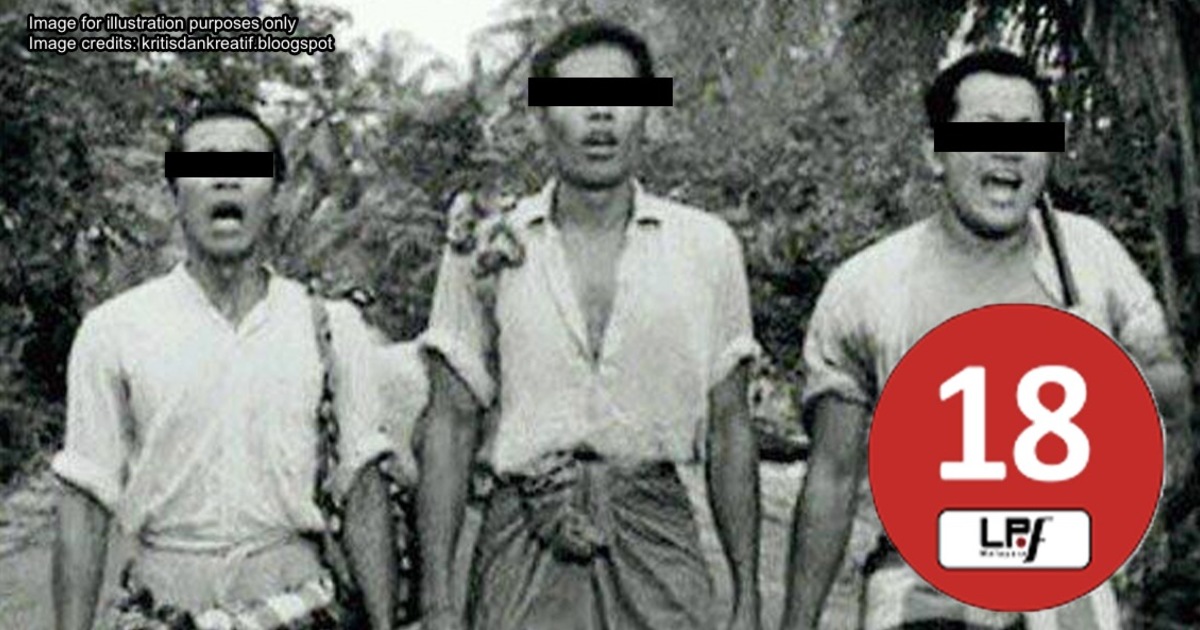
General
Here's how the British created the censorship laws for Malaya that’s still in use today
almost 6 years ago Shreya MThe purpose of censorship laws has always been to protect our society from negative elements in the media, such as deviant sexuality, excessive violence and even misleading religious teachings. But with its focus on TV and films, you’d think that our censorship laws were a recent-ish thing, created mainly based on our traditional Asian values. But surprisingly, these regulations were enacted a long time ago, before we were even called Malaya. And we didn’t even create it. It was actually enacted by the British when we were under their rule.
And the reason they did it?
The British brought censorship laws to protect… themselves
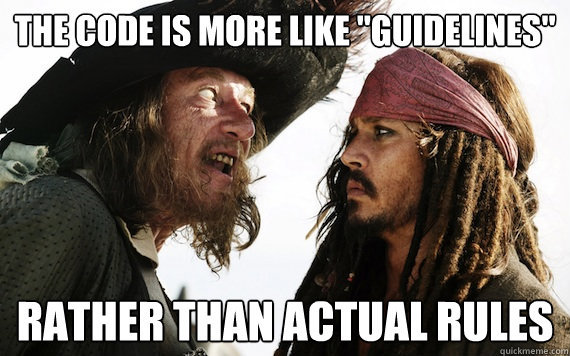
Way before the Brits invaded us, we had our own form of entertainment such as wayang kulit, mak yong and main puteri. These theatrical performances were based on our local fables and folklore. Naturally, there were never really any regulations placed on them as they were made for our own entertainment and suited our cultural norms.
But all that changed when the British invaded Malaya. While they were here, our traditional theatrical performance were not really suitable for the English soldiers that were stationed here. So, they brought over their English theatre to entertain their guards and together with theatre, they also brought over their censorship regulations.
Here’s a not-so-fun fun fact for y'all: Britain has one of the most draconian censorship regulations in the world. It is based on values set by the upper class who think that they know what’s best for everyone. And that’s how the Theatre Enactment 1895 was first established. They regulated theatrical performances under specific categories such as content, actor’s moral, show time and safety factors of the building that the performance would be taking place in.
When films were first being produced, it was vastly imported in from Hollywood and the Brits weren’t too happy with the themes portrayed. Women were being depicted as mavericks and some films undermined the white man’s social status.
To keep up with time, censorship regulations had to evolve to cover both theatre and motion pictures.
Movies were censored by letting police watch it
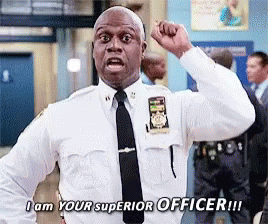
At first the censorship role was assigned to the police who were regarded as the moral guardians of our society. As part of their job, they would oversee all theatrical shows. They had the right to enter any public or theatrical performance and stop any show deemed immoral. This was on their own discretion as there were no clear guidelines for them to follow or base their judgements on.
With the influx of films, the task of censoring films became way too much for the police to handle. So, an official censor role was created under the Theatre Ordinance 1908 Enactment 1917. The first ever person to be appointed (on a temporary basis) was a British man named F. Neville Piggott. He was followed by two other temporary censors.
In 1920, they finally hired an official permanent film censor officer, T. M. Hussey. He was a former soldier who began working in the Straits Settlement Police Headquarters in Singapore as an Official Censor. The task required him to be very familiar with cultural sensitivities of citizens which would help him understand what are the big no-nos when it comes to public viewing.
Ironically, he became too intuned with our culture that he started banning British films that were imported in because they were too “Western” for our society. This prompted backlash that he was too Anti British and autocratic. Hussey was possibly one of the most hardworking people out there. He was reportedly assigned to regulate over 4 million feet of films.
“ During 1932, this unfortunate gentleman had to sit through no less than 4,577,700 feet of films, and not only had to censor all of this but also every piece of advertising matter which accompanied it – trailers, posters, stills and so forth.” as mentioned by Bradley
This man loved his job so much that he refused to retire at 50 and reappealed to continue working. His appeal was accepted and continued working for many more years to come. He worked for a total of 22 years when he was only supposed to hold the position for 3 years. His legacy lives on till today whereby he’s now known as the Father of Film Censorship in Malaysia and Singapore. Yeap! Just like how our past Prime Ministers had Bapa something something, Hussey’s like our very own Bapa of Film Censorship.
But things took a turn for the worse when the Japanese invaded us.
No one wanted to watch Japanese movies :(
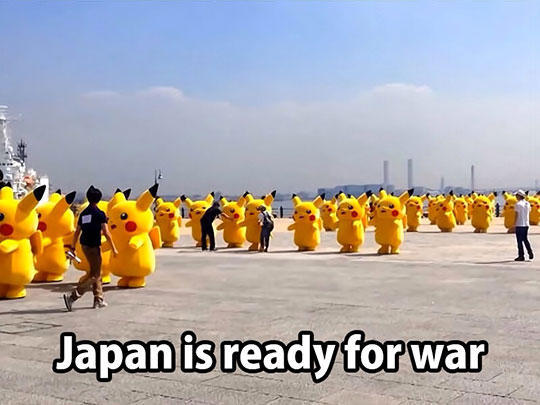
As we all know, Malaya was invaded by the Japanese from 1942 to 1945 and it was possibly one of the worst times for Malayans. When war broke out, the blooming local film industry was completely destroyed; they were no longer able to make any films during this period.
During the occupation, the Japanese brought their own films into the cinema. However, Malaysians preferred watching Western films. So, the Japanese government banned all foreign films except Japanese ones, hoping the locals would watch their films. But it backfired as not many locals went to watch it. Therefore, the Japanese government decided to allow films from India, especially Hindustan films, to be screened because they were regarded as harmless entertainment. However, Chinese films were still banned due to the war between Japan and China at that time.
As the Japanese government controlled the film industry, they set up their own guidelines and regulations. All film distribution and theatres were under the control of the Eiga Haikyusha aka the Japanese Film Distribution Company. They made films to spread Japanese propaganda, and whatever theatres that survived the war were used to screen propaganda or Japanese films only. This effort to make Malayans used to their culture was called Nipponisation.
To help with this efforts, there were 2 categories or “genres” of film made by the Japanese;
However, soon after that, the Brits won back Malaya and they tried to undo the Japanese propaganda, so they created a general guideline. The areas of concern specified in the guidelines are:
- Race and religion ( anything that could cause tension in a multicultural society)
- Sexual scenes ( like nudity in general especially women’s body)
- Superstition and myths ( spooky magic that could make people invincible)
- Violence (new methods of killing people)
If this sounds familiar to you, it’s because our Lembaga Penapisan Filem Malaysia still uses these regulation till today. During that time, the Brits also opened up the Official censor role to locals. This meant that locals could get involved in learning about film censorship, making it easier for regulations to be adaptive to our culture. It also allowed locals to learn more about film production and media.
But after Malaya got their independence from the British, we formed our own official body for film censorship. However it only lasted for about 9 years as the LPF had to be revised again in 1966.
LPF was finally established in 1966
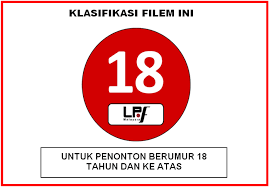
In 1965, Singapore left the Malaysian Federation to become an independent country. So with this fresh start, Malaysia had to establish their own censorship board with their own rules and regulations. And that’s how, ladies and gentlemen, the Lembaga Penapisan Filem Malaysia (LPF) was established in 1966.
During this phase, the Malaysian National Televisyen System (RTM) was also established here. In the beginning, they only broadcasted local movies and TV shows, but added foreign films soon after. Soon after, when viewership increased, channels like NTV7 and TV3 also established themselves.
However, as we evolved towards modern TV, more and more foreign films and shows were imported. This meant that our local channels couldn’t accommodate that influx anymore; the workload increased tremendously. Following this ripple effect, the LPF members began to grow in numbers to keep up with the workload and they became the large establishment that we know today.
In 1998, ASTRO, a satellite television provider, began broadcasting in Malaysia. Astro established itself as the dominant pay TV provider up until HyppTV came into the picture. The LPF looked towards Astro for guidance when it came to modernising censorship regulations on TV programmes. As the media and film industry expanded, so did the LPF. By 2012, there were more than 75 members and they were acting directly under the Film Censorship and Enforcement Division under the Ministry of Home Affairs.
And the rest, as they say, is CENSORED.
looks at salary... *cue Naruto's Sadness and Sorrow BGM*